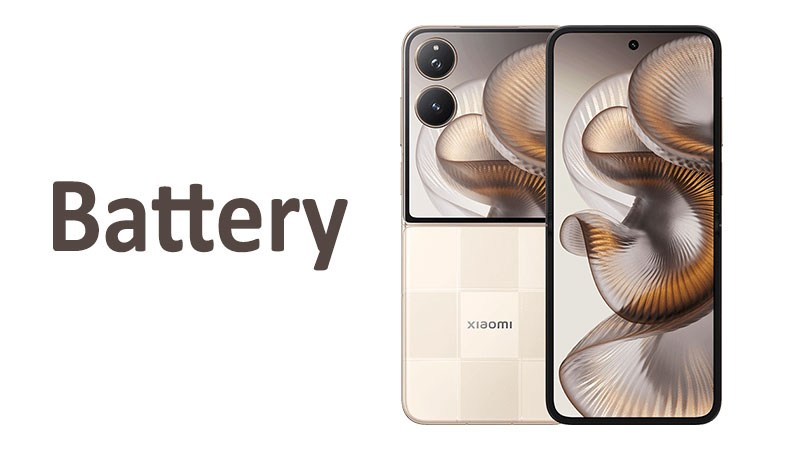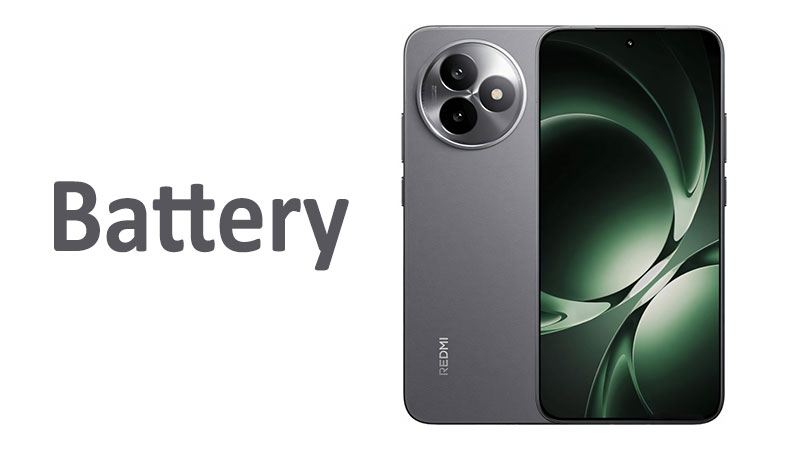Battery performance is a critical factor for any smartphone user. The Google Pixel 10 is no different. Consumers demand a device that can last all day and charge quickly. This article will explore the Google Pixel 10 battery, covering its capacity, charging capabilities, and overall life. We will examine the key upgrades, compare them to previous models and competitors, and help you understand what this means for your daily usage.
A Closer Look at the Google Pixel 10 Battery
The Google Pixel 10 boasts a significant battery upgrade. It features a large Li-Ion 4970 mAh battery. This is a notable increase from previous generations. A larger capacity directly translates to more power. This means you can expect longer usage times between charges. This is great for heavy users, gamers, and anyone who relies on their phone throughout the day.
Comparison to Previous Models and Competitors
The Pixel 10’s 4970 mAh battery is a welcome change. It represents a substantial increase over the Pixel 9’s battery. This upgrade shows Google’s commitment to improving a historically weak point for the Pixel line.
When compared to its rivals, the Pixel 10 holds its own. It competes well with the latest flagships from Samsung and Apple. While some competitors might offer slightly larger batteries, the Pixel’s efficiency, thanks to its new Tensor G5 chip, helps it punch above its weight.
The New Tensor G5 Chip
The new Tensor G5 chipset is a game-changer. It is built on a more efficient 3nm process. This results in less power consumption, especially during demanding tasks. The chip’s improved efficiency, combined with the larger battery, delivers more than 30 hours of runtime in normal conditions. This provides a massive boost to the phone’s overall endurance.
Wired and Wireless Charging Speeds
The Pixel 10’s charging capabilities are a significant improvement. It supports 30W wired charging. This speed allows the phone to charge to 55% in just 30 minutes. This is perfect for those times you need a quick power boost. The phone uses the standard PD3.0 with PPS (Power Delivery 3.0 with Programmable Power Supply) protocol. This ensures compatibility with a wide range of third-party chargers. You don’t need a proprietary Google charger to achieve fast speeds. This is a user-friendly approach.
Wireless Charging and Qi2
The Google Pixel 10 features 15W wireless charging. This is a major change because it uses the new Qi2 standard. The Qi2 standard uses magnets to ensure perfect alignment between the phone and the charging pad. This improves efficiency and reduces heat generation. The magnets are built directly into the phone. This is similar to Apple’s MagSafe technology. It provides a secure and reliable connection.
The End of Reverse Wireless Charging
A notable change is the absence of “Battery Share,” Google’s term for reverse wireless charging. This feature allowed the Pixel to wirelessly charge other devices, like earbuds or another phone. According to Google, this feature was removed due to a “physical limitation” caused by the new magnetic array. While some other Qi2-certified phones retain this feature, it’s not present on the Pixel 10. This may disappoint some users.
Bypass Charging: What You Need to Know
The Google Pixel 10 includes a very useful feature called bypass charging. When you connect the phone to a charger, it can bypass the battery and draw power directly from the source. This is especially beneficial when you are gaming or using the phone for other intensive tasks while it is plugged in. It helps to reduce the heat generated and minimizes the stress on the battery. This feature helps to prolong the battery’s overall lifespan.
The Controversy Surrounding Battery Health Assistance
There is some controversy regarding a new, non-optional feature called “Battery Health Assistance.” This feature is designed to limit the battery’s maximum voltage over time. It starts after 200 charge cycles and continues up to 1000 cycles. This is meant to extend the battery’s longevity, but it has caused some concern among users. For context, many competitors’ batteries are rated for a longer period before a similar reduction occurs. Google says this feature helps maintain battery health over a longer period.
Pros and Cons of the Pixel 10 Battery
Pros
- Larger Capacity: The 4970 mAh battery provides excellent all-day life.
- Fast Wired Charging: 30W wired charging provides quick top-ups.
- Qi2 Wireless Charging: The magnetic Qi2 standard ensures efficient and reliable wireless charging.
- Bypass Charging: This feature protects the battery during intense use while plugged in.
- Efficient Chipset: The Tensor G5 chip significantly improves power management.
Cons
- No Reverse Wireless Charging: The “Battery Share” feature is no longer available.
- Controversial Battery Limits: The non-optional “Battery Health Assistance” feature may concern some users.
- Charging Speed vs. Competitors: While improved, the 30W speed is still slower than some rival Android phones.
Conclusion
The Google Pixel 10 battery is a major step forward for the series. It features a larger 4970 mAh capacity and a more efficient Tensor G5 chip. This combination delivers exceptional endurance. The charging capabilities are also robust. You get 30W wired charging and 15W wireless charging using the new Qi2 standard. The Qi2 magnets ensure a perfect, stable connection.
However, the phone also introduces some controversial changes. The removal of reverse wireless charging is a setback for a small group of users. Additionally, the new “Battery Health Assistance” feature has caused some debate. While it aims to extend battery lifespan, its forced nature might be a point of contention for some.
Overall, the Google Pixel 10 offers a reliable and long-lasting battery experience. The improvements in capacity and charging technology make it a strong contender in the flagship phone market. If you prioritize all-day power and modern charging convenience, the Pixel 10 is an excellent choice.
FAQ
What is the battery capacity of the Google Pixel 10?
The Google Pixel 10 has a Li-Ion 4970 mAh battery.
Does the Google Pixel 10 support fast charging?
Yes, it supports 30W wired charging and can reach 55% in 30 minutes.
Does the Pixel 10 have reverse wireless charging?
No, the Pixel 10 does not have reverse wireless charging.
What wireless charging standard does the Pixel 10 use?
The Pixel 10 uses the modern Qi2 wireless charging standard, which includes magnetic alignment.
What is bypass charging on the Pixel 10?
Bypass charging allows the phone to draw power directly from the charger. This powers the device without charging the battery. It reduces heat and prolongs battery health.


